Cultivo de la Verbena - Aprenda Todo Sobre los Beneficios de la Verbena y el Cuidado de la Planta
La verbena es una planta increíblemente característica que encaja en cualquier jardín. Por su valor decorativo, sus hermosas flores y sus hojas de aspecto interesante, es una planta muy popular entre los jardineros. La verbena puede cultivarse en parterres, pero no sólo. También puede plantarse en macetas y convertirse en un perfecto complemento decorativo para balcones y patios. ¿Cómo cuidar esta magnífica flor? Tenemos algunos consejos útiles para usted.

Verbena - origen y características
La verbena, o verbena, se conoce en su forma de jardín como Verbena hybrida. Esta variedad es el resultado de un trabajo realizado a lo largo de los años. Las variedades termófilas de América del Sur se hibridaron con plantas que crecen en regiones más frías.
Según las estimaciones, hay unas 200 especies de esta planta en el mundo. Su aspecto depende del tipo concreto. Hay plantas de verbena con hábitos elevados o rastreros. Su altura oscila entre los 20-25 y los 70 cm. Las variedades también se diferencian por sus hojas: algunas son ovaladas, otras pueden tener una forma alargada.
Independientemente de la variedad, la verbena tiene un rasgo característico: forma grandes racimos de flores durante la temporada de floración, con una deliciosa fragancia. Las flores tienen varios colores, desde el púrpura hasta el rojo, e incluso el blanco.
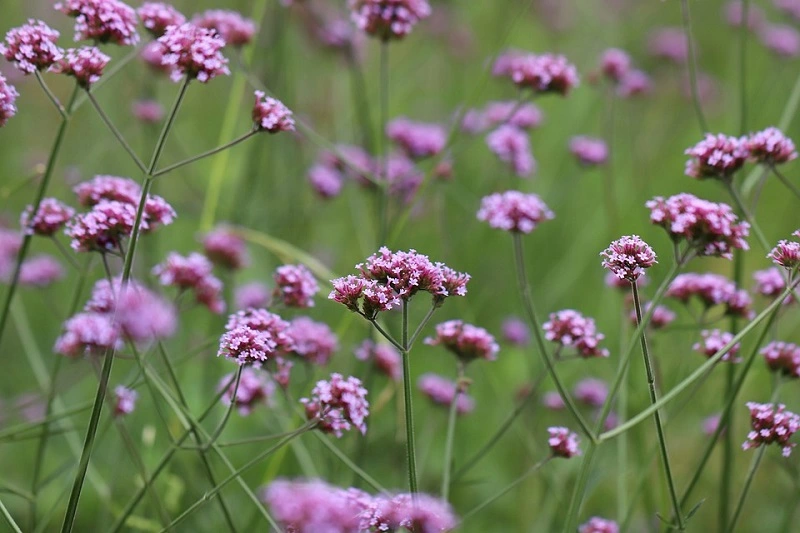
Las variedades de verbena más populares
De las casi 200 variedades diferentes de verbena, algunas son las más populares entre los jardineros. Entre ellas se encuentran:
- verbena común (Verbena officinalis) - crece hasta 70 cm de altura, cada tallo de la planta es erguido; las hojas de la planta son relativamente anchas, y tienen diferentes formas dependiendo de la altura de su crecimiento; las flores son pequeñas, de color rosa pálido;
- verbena rosa (Verbena canadensis) - crece principalmente en América del Norte y alcanza hasta 40 cm de altura; esta variedad tiene hojas características - son muy verdes y dentadas; las flores están teñidas de color amaranto;
- Verbena de cabeza púrpura (Verbena bonariensis) - en su hábitat natural, puede crecer hasta 1,5 metros de altura y 50 cm de ancho; durante la temporada de floración, los tallos rígidos desarrollan muchas flores de color lavanda en sus puntas;
- Verbena fina (Verbena rigida) - puede crecer hasta 40 cm de altura; cuando florece, está llena de diminutas flores de color azul-lila.
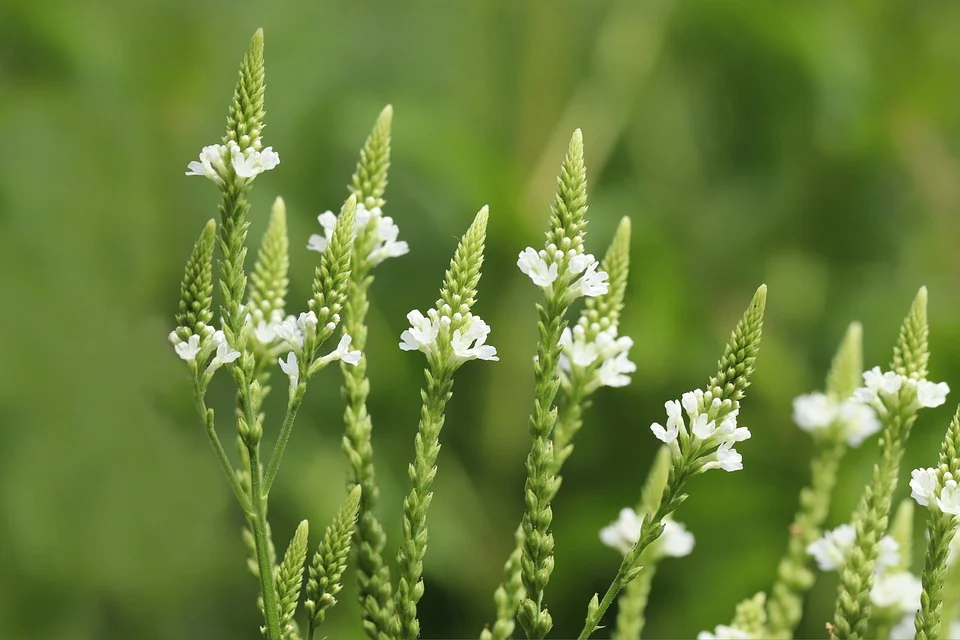
Los insólitos beneficios de la verbena
La verbena no es sólo una planta que queda muy bien en jardines y patios. También se puede utilizar en la cocina. Puede ser útil para el resfriado común, en forma de té preparado con sus flores.
La verbena también tiene un efecto calmante en varios tipos de irritación de la piel, causada, por ejemplo, por picaduras de insectos o acné. Además, también puede afectar al sistema nervioso y reducir el estrés, proteger de la fatiga, así como acelerar el proceso de conciliación del sueño.
Cuidado y cultivo de la planta de verbena
Si ha decidido cultivar la verbena en su jardín o en macetas, asegúrese de seguir algunas reglas determinadas. Gracias a ellas, podrá disfrutar de su magnífico aspecto durante la temporada de floración. En primer lugar, la verbena prefiere lugares cálidos y soleados. Si quieres plantarla en un parterre, evita los lugares expuestos al viento, ya que a la verbena no le gustan las corrientes de aire.
La planta de verbena no tiene preferencias particulares en cuanto al suelo en el que crece. Pero para obtener las condiciones más óptimas, asegúrese de utilizar un suelo permeable y enriquecido con nutrientes.
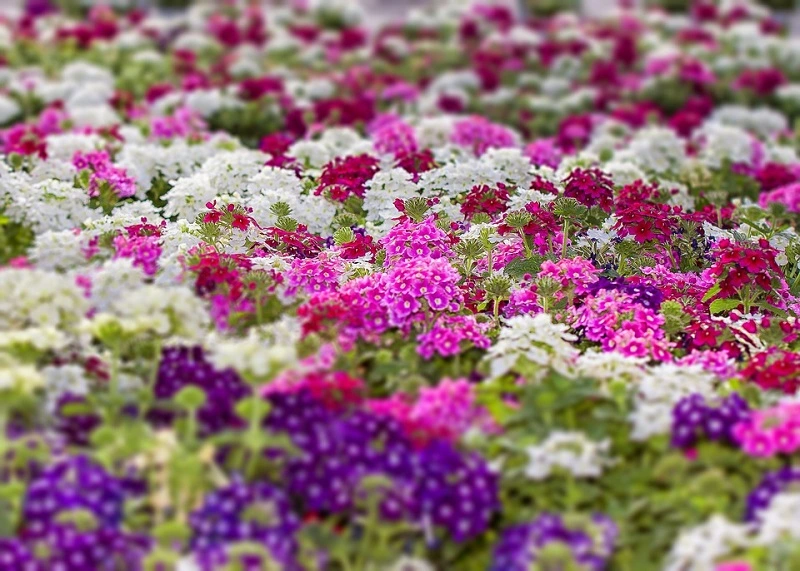
¿Necesita la verbena un riego regular?
La verbena no tolera ni las sequías ni el exceso de humedad. Si se excede en el riego, puede provocar fácilmente la pudrición de las raíces. Asegúrese de regar la planta con moderación. Sólo se puede regar en mayor cantidad durante los meses de calor, cuando hay sequía.
Cómo abonar la verbena
La verbena requiere un abono adecuado. Debe utilizar un abono especial diseñado para plantas de flor. Repite la alimentación una vez al mes. Recuerda que un exceso de abono no es beneficioso para la planta. Puede provocar una situación en la que desarrolle más hojas que flores, así que asegúrate de no superar la dosis recomendada.
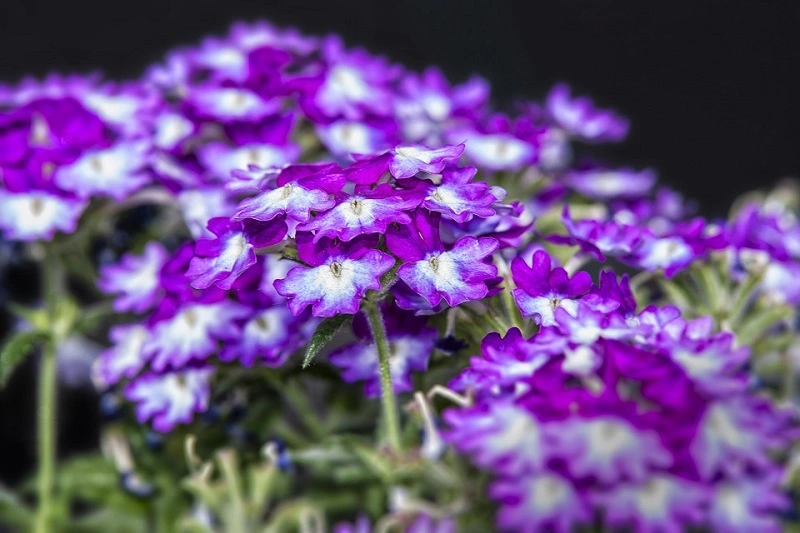
Propagación de la verbena - ¿Cómo multiplicar las plantas de verbena?
La verbena se puede propagar principalmente mediante semillas recogidas de la planta. Se forman a finales del otoño, así que espere con la poda de la planta todo lo que pueda. El mejor momento para hacerlo es después de las primeras heladas, incluso a principios de diciembre. Las semillas se pueden plantar en contenedores durante cualquier temporada.
Cuando plante las semillas, utilice un suelo permeable y rico, que ayude a la germinación. Si las siembra directamente en el suelo, se recomienda asegurarlas con una cubierta negra.
Si quieres plantar plantones de verbena o sembrar las semillas en el jardín, debes esperar a que pasen las últimas heladas de primavera. De este modo, no hay riesgo de dañar las plantas jóvenes.
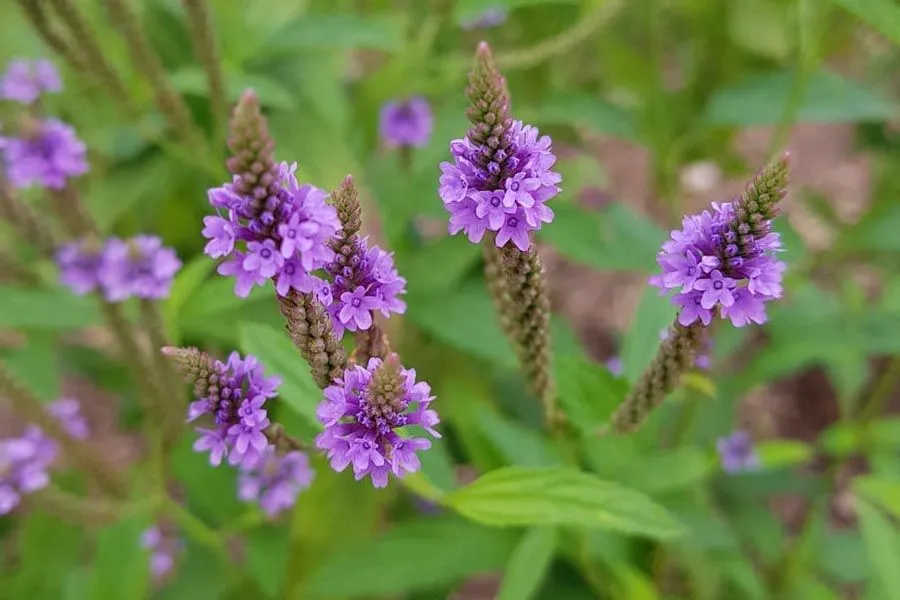
Verbena - plagas y enfermedades amenazantes
La verbena es la más atacada por los ácaros y los pulgones. Estas plagas pueden eliminarse rápidamente utilizando los productos adecuados.
Si la planta se encuentra en un lugar oscuro, puede ser vulnerable al oídio. Hay que eliminar las hojas infectadas y utilizar un producto antifúngico adecuado.

📍 ¿Qué aspecto tiene la verbena?
La verbena es una planta impresionante. Sus tallos están cubiertos de pequeños pelos de color brillante. Las hojas son onduladas y tienen forma alargada. Las flores son pequeñas y crecen en racimos más grandes.
📍 ¿Dónde comprar una planta de verbena?
La verbena es una planta muy popular entre los jardineros. Se puede comprar en la mayoría de las tiendas de jardinería. A veces también está disponible en los supermercados con sección de "jardín".
📍 ¿Cómo decapitar la verbena?
Las flores que hayan terminado de florecer deben retirarse. Gracias a esto, la planta de verbena tiene suficiente espacio para las nuevas. No necesitas ninguna herramienta de jardinería para ello. Basta con decapar la planta con las manos.
📍 ¿A qué huele la verbena?
La fragancia de la verbena es una de las razones de su popularidad. Las flores huelen fresca y delicadamente. Al frotar las hojas, se percibe una fragancia a limón. Por tanto, no sólo las flores, sino también las hojas son dignas de mención para los jardineros.
Artículos destacados




